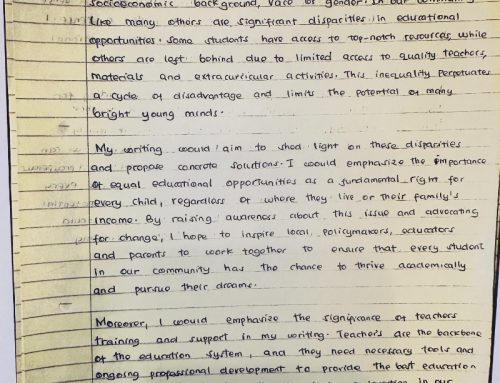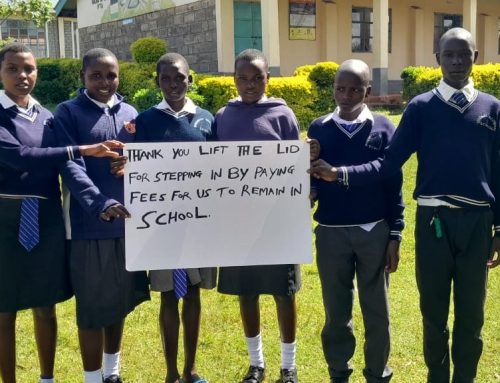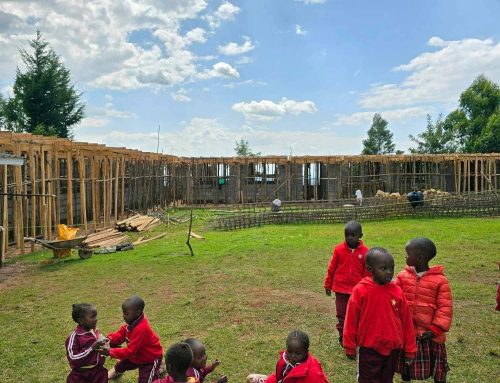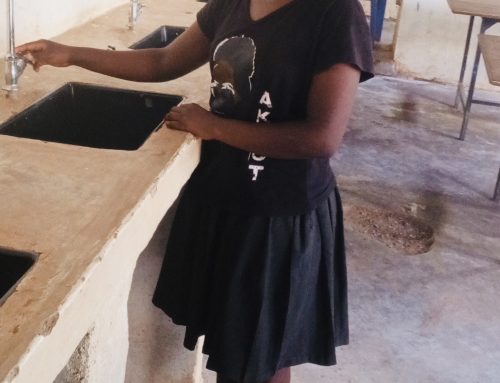Why Girls? Lenana Girls High School Has the Facts

When a girl is educated, the effects of that education trickle down to her children, community, and country. If women and girls achieve an education beyond primary school, then the risk of poverty decreases exponentially for the next generation.
Out of the world’s 130 million out-of-school youth, 70% are girls.
Human Rights Watch, “Promises Broken: An Assessment of Children’s Rights on the 10th Anniversary of the Convention on the Rights of the Child,” [December 1999]
Less than 2¢ of every development dollar goes to girls.
Joshua Machinga, “To Fight Poverty, Invest in Girls,” School news [November 2012]
Women’s education was the single most important factor behind falling levels of hunger and malnutrition in the developing world according to a 30-year study.
The US Institute of Food and Nutrition.
A girl who receives secondary and higher education beyond grade 7 has, on average, 2.2 fewer children.
United Nations Population Fund, State of World Population 1990
Girls with secondary schooling are up to six times less likely to be married as children than those with little or no schooling.
UNICEF, The State of the World’s Children 2007, UNICEF, New York, 2007, p4-6
An extra year of primary schooling raises a woman’s eventual wages income by 10%. An extra year of secondary school: 15 to 25%.
George Psacharopoulos and Harry Anthony Patrinos, “Returns to Investment in Education: A Further Update,” Policy Research Working Paper 2881[Washington, D.C.: World Bank, 2002]
Girls and women spend 90% of their earned income on their families, compared with 30% to 40% among males.
Chris Fortson, “Women’s Rights Vital for Developing World,” Yale News Daily 2003
Every extra year of schooling reduces infant mortality by up to 10%.
T. Paul Schultz, “Health and Schooling Investments in Africa,” The Journal of Economic Perspectives 13, no. 3 [1999]
OUR WORLD IS A BETTER PLACE WHEN WE EDUCATE OUR GIRLS!






I am glad that Lenana Girls High School gives girls the opportunity to study and be educated. In the Philippines, both boys and girls are given equal opportunity to study. Professional fields usually dominated by men are common workplaces for women, as well. We have women in aviation, the military, medical fields, and in the sciences. We have had two women Presidents and a woman Chief Justice of the Supreme Court. In our country, name the profession, and you will find women working and advancing in that field. I do hope this will become true for Kenya; that women will be found working in every field, including the government. May many concerned individuals find the school worthy of support. Thanks!